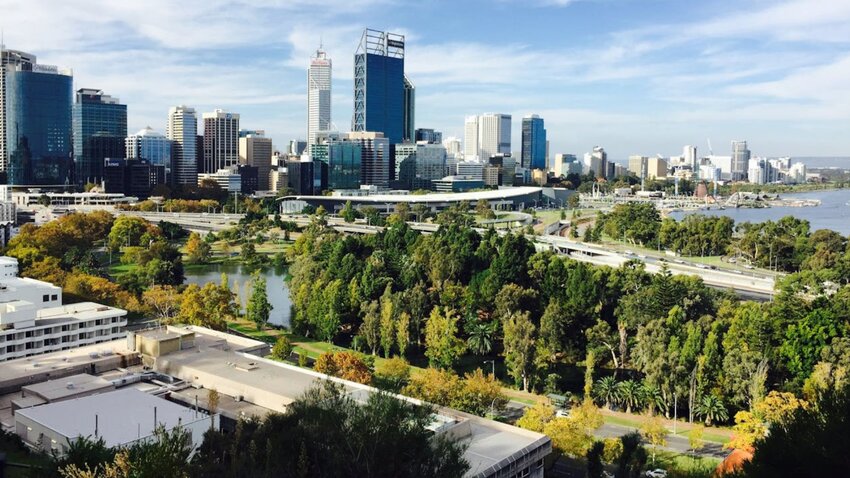How can we measure the ecological transition?
Until recently, the impacts of the circular economy or decarbonisation were typically quantified in terms of CO₂ emissions avoided or cubic metres of water conserved. Today, however, the focus is shifting. At the heart of this change is the One Health approach, developed by the World Health Organization: a model that acknowledges the interconnected relationship between human, animal, and environmental health, and aims to improve it sustainably through effective collaboration among businesses, institutions, public administrations, and citizens.
This is why the criteria for evaluating environmental policies are also evolving, introducing parameters that directly concern public health and quality of life, such as “days of illness avoided”, “reduction in carcinogenic and non-carcinogenic impacts”, and “incident rate of disease prevented”. It’s no longer simply about “saving the polar bear”: the ecological transition is increasingly being measured in years of life gained and in new opportunities for human healthcare.
Working towards circular and healthy cities
A timely topic, and one to which Ecomondo, the leading international event on the ecological transition and the circular economy, taking place at Rimini Expo Centre from the 4th to the 7th of November 2025, will devote an entire section: Circular&Healthy City. This space will explore the many dimensions of the relationship between longevity, health, and the environment. With the attending companies, mainly from the materials, urban tech, and construction sectors, we will discuss the positive impacts of the circular economy on health, urban regeneration, healthy materials in the built environment, urban climate adaptation systems to protect well-being, bioeconomy (forestry and urban agriculture), and much more.
This section is expanding year after year, thanks to international collaborations, new exhibitors, and thematic conferences. The aim is <<to connect the most innovative projects, solutions, and models of circular and healthy cities, because the focus is precisely on living and on built space as it relates to the health of its inhabitants,>> explains Alessandra Astolfi, Global Exhibition Director of the Green&Technology Division at Italian Exhibition Group.

One Health in European cities
As ever, Ecomondo will approach the topic from an international perspective, with a diverse range of companies and associations involved, including the Green Building Council Italia, Kyoto Club, I Borghi più Belli d’Italia.
<<Important transdisciplinary initiatives come from Europe,>> notes Fabio Fava, President of Ecomondo’s Scientific Committee. <<For instance, the European Environment Agency (EEA) is collaborating with the European Chemicals Agency (ECHA), responsible for monitoring and mitigating chemical pollution, as well as with those in charge of public health and food safety, such as the European Centre for Disease Prevention and Control (ECDC), the European Medicines Agency (EMA), and the European Food Safety Authority (EFSA). All this is aimed at drawing up a policy document, the Framework for Action 2024–2026, to promote the adoption of One Health across the European continent.>>
- You may also be interested in: Sponge city, a water management model for urban sustainability
Key events
Within the rich programme focused on the topic of Circular&Healthy City, there are two events in particular that should be marked in your calendar. <<Both will offer an opportunity to strengthen a narrative that has been underdeveloped when we speak about the green economy. We shouldn’t focus solely on the economic and environmental benefits of the transition, but also, and perhaps above all, on the positive effects on our health, longevity, and harmonious ageing,>> says Fava.
On the 5th of November, Smart Circular Cities will explore the challenges of the circular transition in urban areas through the adoption of smart technologies. The event will showcase digital tools based on AI, IoT, and GIS, capable of enhancing urban liveability, regenerating disused areas, and climate resilience, proposing sustainable land management models and analysing the impact on human health.
In the same vein, another key event is Liveable Cities. Solutions for designing balanced and cohesive health governance in cities, scheduled for the 6th of November. The initiative will present integrated solutions, ranging from public health protection to prevent conflicts, with references to European programmes such as EU4Health, to the fight against health poverty, with a multidisciplinary approach that also combines adaptation to climate change and community cohesion.
- You may also be interested in: The future of sewer network management with AI
The drivers of change
The Circular&Healthy City section will bring together all the key players involved in building healthier, more circular cities, offering a platform for the exchange of ideas that can be applied both to urban community initiatives and to individual daily life.
First and foremost, public decision makers, such as mayors and councillors responsible for the environment, spatial planning, and economic development, as well as technical offices and IT departments.
They will be joined by sector professionals, including architects, engineers, surveyors, geologists, landscape architects, building consultants, design studios, and construction companies, as well as managers of accommodation and public interest facilities, such as health directors, transport and logistics companies, and port and airport managers.
Private sector players will include business leaders such as technical directors, quality managers, facility managers, project financiers, and public service companies.
Completing the picture will be educational and research institutions – universities, research centres, and technology parks – and, of course, citizens, because each of us can play an active role in processes of urban and environmental transformation.
Article written by Emanuele Bompan
This blog is a joint project by Ecomondo and Renewable Matter
PUBLICATION
02/09/2025














